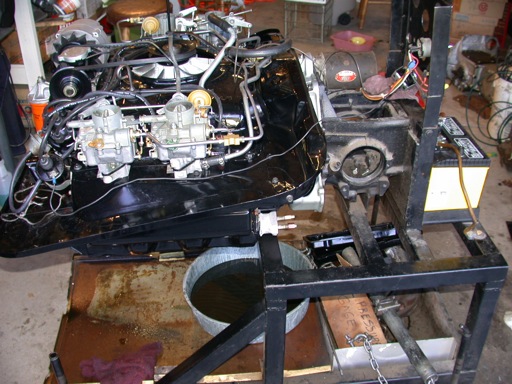
The idea behind breaking in an engine is nothing new. The goal is to mate the parts together so that all the meticulous work you did up to this point pays off with a long lasting, peak performing engine.

There are two big areas of concern:
To a degree, these goals are not compatible. The cam, bearings, and other heavily lubricated parts want a nice easy time with lots of oil to gently wear together. Rings, on the other hand, want some pressure to quickly seat the against the cylinder walls and avoid a condition known as "glazing". This is especially true for Moly rings - cast iron rings break in a lot easier.
Since sooner or later I'm planning on breaking in a new engine, I posted my thoughts on VV and did some other research, and here's what I came up with. I expect the initial break in sequence to take most of a day. Also, a partner may be helpful, there's a lot to keep track of and some things that really require more than two hands.
Note: This is *only* a break in procedure. This starts after the engine is fully assembled, you should have already selected parts, lubed the cam and lifters, all that sort of thing.
A final note - you should especially avoid shock loading if other parts of the driveline are new (or if you doing this on a new car, not a Corvair). Everything else would like to be treated nicely for the first thousand miles or so, especially in regard to temperature. The break in process creates additional heat, so be nice to those parts.
One comment on manufacturer break ins - the engine in a new car has been run prior to you getting it, so it doesn't need the cam part of the break in. In some cases they have been run hard on rollers, which would avoid shock loads and g-forces, but would allow the rings to seat. I believe a big part of the reason the makers recommend a gentle break in is for the rest of the driveline, not the rings.
Here's a great tip from Tim Colson:
i monitor oil pressure with my adaptabolt gauge for the first hour or so of engine running. i am looking for too much or too little pressure. years ago i ran into that trap. had a tough time adjusting valves, until i found a relief spring had been tampered with. this was on a chevy V8.regards, tim colson